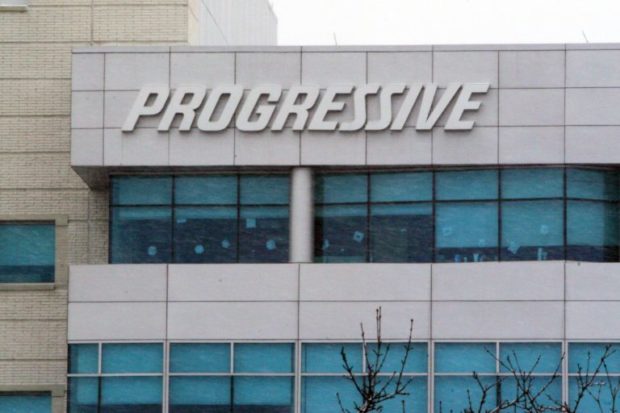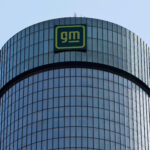During a Q2 2023 earnings call this week, Progressive Corp. announced their earnings goals fell short of its combined ratio target of 96, as a result of catastrophe losses and increases in vehicle repair costs.
There have been 44 catastrophic events already in 2023 (versus 34 in 2022), impacting the company’s combined ratio, rising from 3 points in 2022 to 5 points in all lines in 2023.
It is estimated US insured losses have already surpassed $25 billion due to catastrophe losses, with 43 states affected by the 44 catastrophic events.
Catastrophe losses added 4.5 points to the insurer’s combined ratio year to date.
On property, specifically, the combined ratio has seen a marked increase, going from 29.5 points in 2022 to 45.9 points in 2023.
The property loss ratio is 16 points higher than during the same period in 2022.
In auto, the insurer saw an increase in property damage and collision increase during the last half of 2022. According to Tricia Griffith, CEO, supplements are more frequent and more expensive causing longer rental times and repair times.
In addition, labor rates and parts costs have increased.
Higher wages for automotive workers in the past year are driving increases in repair costs, she added.
The company reported nearly half of its year-to-date personal lines adverse reserve development is in Florida as well, as the result of fixing vehicle coverages.
New legislation this year has the company hopeful, but litigation continues to be a problem, Griffith said.
A significant increase in attorney representation largely focused on medical coverages will continue to drive higher costs until those cases are settled.
Previously closed claims are contributing to higher auto loss costs, as well. Changes in subrogation trends and longer repair times are just a couple of reasons for this.
Fixing vehicle coverages is short trend.
To combat increasing auto costs, Progressive reported taking several rate hikes already leading to an 11 percent rate increase. An expected 6 points is planned for the remainder of the year to adjust rates to match loss trends, Griffith said.
A reduction in media spend was also taken to address factors increasing loss costs.
This has led to slower app growth during the second quarter, while policies in force (PIF) growth remains robust but slowing.
Reserving and pricing remains a challenge this year, said Griffith.
As of June 30th 2023, the company has $33 billion in reserves before reinsurance.
Overall reserve position is strong, Griffith said, despite the past six months of unfavorable reserve development because of the short tail nature of higher vehicle costs seen in the latter half of 2022 and early 2023.




















 DEI: Redefining the Paradigm for the Property/Casualty Industry
DEI: Redefining the Paradigm for the Property/Casualty Industry  GM Ends OnStar Driver Safety Program After Privacy Complaints
GM Ends OnStar Driver Safety Program After Privacy Complaints  As Wildfire Risk Grows, States Grapple to Retain Property Insurers
As Wildfire Risk Grows, States Grapple to Retain Property Insurers  Survey: 79% of Organizations Sustained a Cyber Attack Within the Past Year
Survey: 79% of Organizations Sustained a Cyber Attack Within the Past Year 